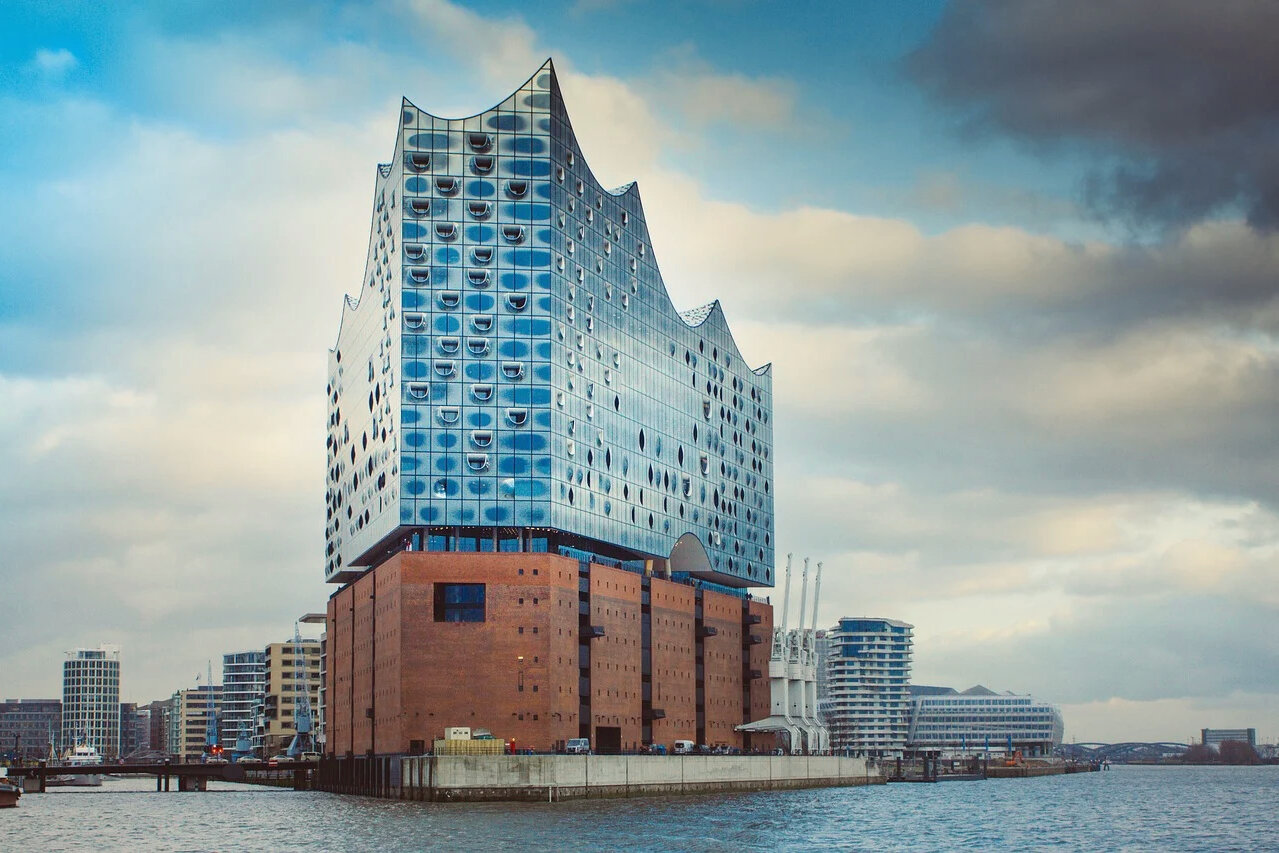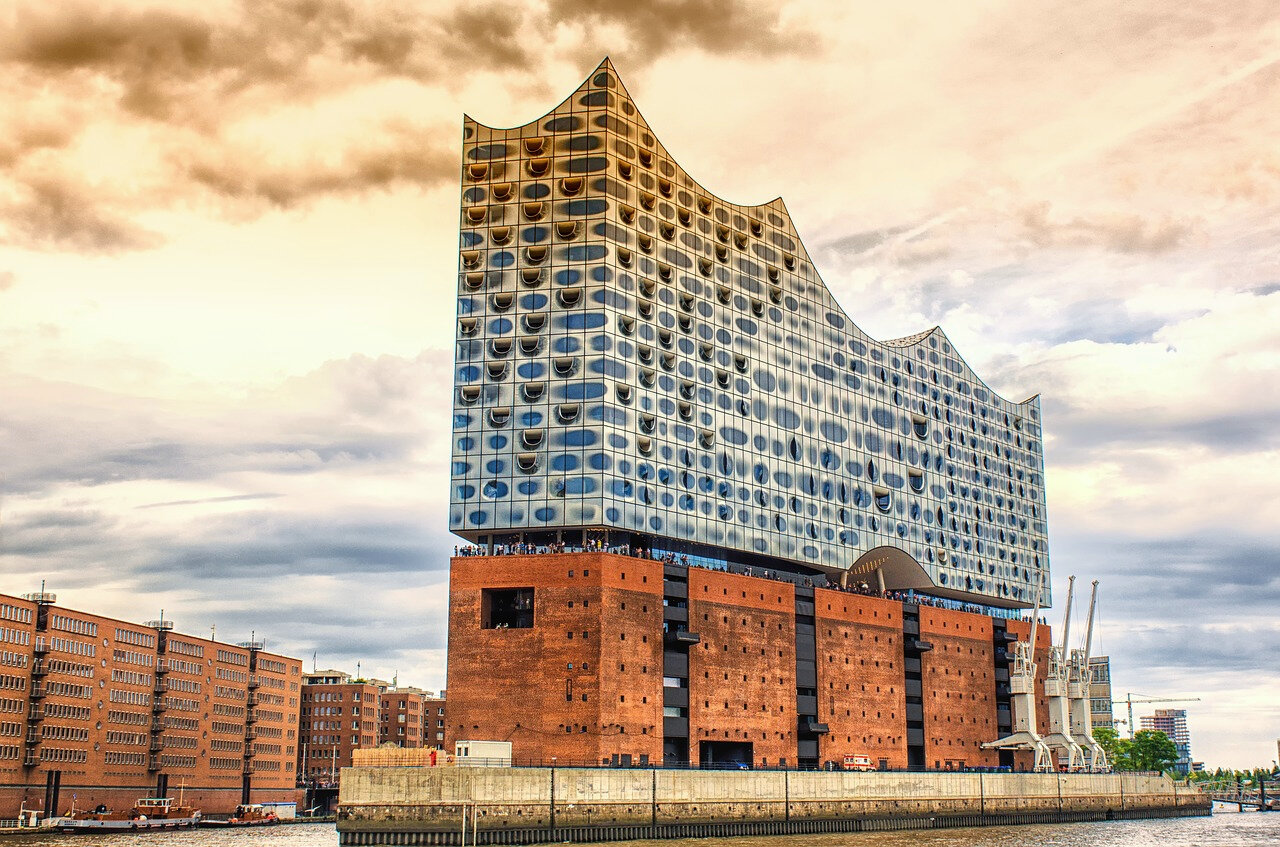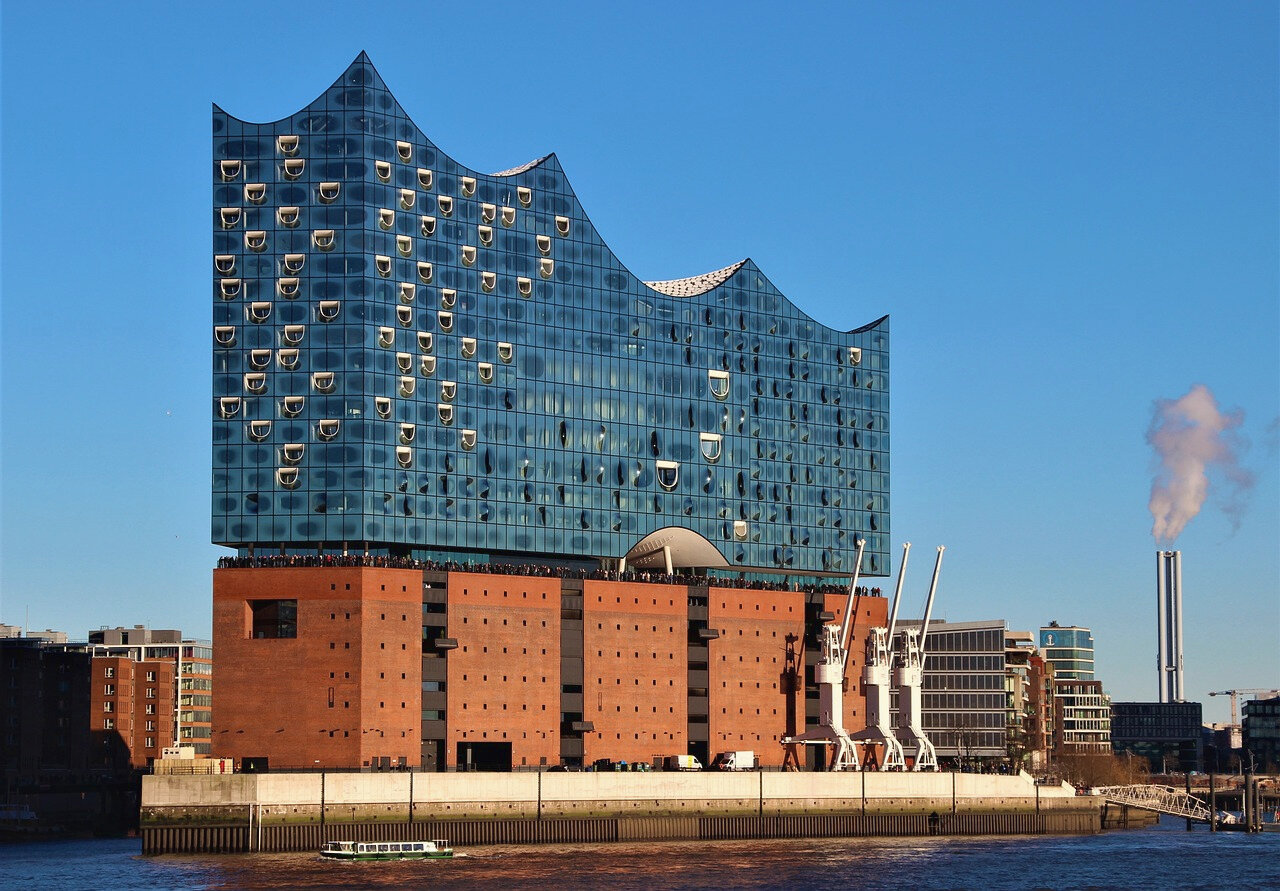Architecture: 7 Tips For The Perfect Architectural Photography
Leeds Corn Exchange by Cuthbert Brodrick.
Mastering architectural photography requires an understanding of its fundamental methods. As a distinct genre of photography that has existed as long as the camera, these methods can be rich and varied. A building can be perceived in many ways: as a shelter for humans, as an expression of society, as a sculpture, or as intersecting planes that create space. It is therefore important, first of all, to understand in what way you want the building to speak.
For example, understanding a piece of architecture as a stage where life plays out will be helpful to honing in on a certain narrative. That leads to a general tip: be a detective who explores each and every corner of the building. The more you know about the building, its history, and function, the easier it is to find the right shots for evoking the narrative you seek. Once you have that established, you can start to think about the following, more-practical tips that will guide you to beautiful shots of architecture.
Use time to your advantage
While exploring the building take note of how it changes during the day in different light settings. Shadows and colors that you would not expect might suddenly appear. The play of light on a façade can change dramatically especially if it employs strong relief. Architectural photography should be time-consuming; coming back to the building under entirely different weather conditions will allow you to see how the context can change its character.
Netphen Kronprinzenstr. 25 Bild 5. Courtesy of Bern & Hilla Becher CC
Vertical lines stay vertical
One of the simplest guides to architectural photography is the rule that vertical lines stay vertical. Of course, any rule is there to be broken, but this rule is good if you’re seeking a pure representation. A good example of this rule can be found in Bernd & Hilla Becher’s project of documenting buildings in a strict and unsentimental way.
W. Parker Lyon House. Courtesy of Julius Shulman CC
Layering space
Capturing the three-dimensionality of a building in a photo is difficult. One way is to locate a point from where a shot can penetrate multiple spaces and thereby give the impression of layers of space. A good example is “W. Parker Lyon House” by Julius Shulman, who was famous for documenting the houses of Los Angeles. There is the terrace space in the foreground, the space underneath the bridge, the space after the bridge, and then the interior space. With this shot, Shulman captures multiple spaces as well as the trajectory of the path into the house.
Dong Daemon Design Plaza by Zaha Hadid. Courtesy of Cadop CC
The photo as a graphical composition
When composing an image of architecture it can be helpful to think of the building as a collection of graphic geometries. Just focusing on the beauty of a simple detail or a specific angle or curvature can render strong compositions that treat the eye with pure geometric play. Here we see “Dong Daemon Design Plaza” by Zaha Hadid. With a simple composition of just three elements: a part of the building, the railing, and the sky, a strong sense of movement is achieved.
Grand Study Hall by Carrère and Hastings. Courtesy of Alex Proimos CC
Show the function of the space
For a long time, it was custom not to include people in architectural photography. The idea was that people would destroy the pure beauty of the building itself. Nowadays, however, it has become more prevalent to include people in order to show how the building is used. People give life to otherwise lifeless structures and also provide a sense of scale, so it becomes easier to understand the dimensions of a space. Here again, it can be helpful to think of architecture as a stage, but where the actors are all mere extras.
Fallingwater by Frank Lloyd Wright. Courtesy of Daderot CC
Use the surroundings
A building does not exist in a vacuum. It will always relate to its surroundings in a unique way and play a part in how life takes place around it. Taking photos where the building is not the centerpiece but rather a part of the whole can cause it to resonate with its context. The interplay of nature and architecture is one example in which the organic shapes of nature can form a beautiful contrast to the man-made linearity and angularity. Consider this photo of Fallingwater by Frank Lloyd Wright. The building itself is concealed and only takes up a small part of the composition but we understand it all the better for this fact.
Großes Schauspielhaus by Hans Poelzig. Courtesy of Karl Ernst Osthaus
Create a world
Architecture is about creating worlds with a certain feeling and atmosphere. Be imaginative and curious and use the architecture in unexpected ways in order to create a world out of the architecture and your composition. It is important to remember that the photographer is largely responsible for how we understand buildings and thus how we think about our dream society.










